
Don’t we all want to live long? Don’t we all, at times, wish that we could survive for more than 100 years naturally? While we can only dream of having such a gift, the animal kingdom is filled with creatures who actually have ridiculously long lifespans.
Here, we take a look at some of the longest living animals on the planet. From 200-year-old tortoises to 400-year-old sharks, a 120-year-old parrot, and an “immortal” jellyfish: the list presents some of the most fascinating creatures with the longest lifespans.
1. Tuatara

Found only in New Zealand, tuataras are the only living descendants of an order of animals related to dinosaurs that thrived 200 million years ago. Thus, these reptiles are truly prehistoric. While they are quite small (less than a kilogram in weight mostly), tuataras are long-lived. They achieve sexual maturity only after 10-20 years and can attain maximum longevity of close to 100 years, and sometimes longer. In fact, some experts believe these reptiles can even live up to 200 years. A male tuatara at the Southland Museum and Art Gallery was said to have first bred at the age of 111 years.
Unfortunately, tuataras today are endangered and efforts are being made for their survival.
2. Red sea urchins
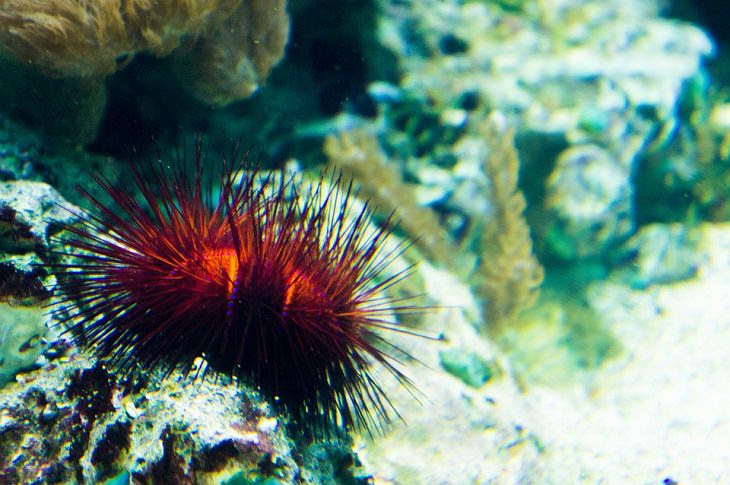
These small, spiny creatures are one of the Earth's longest-living animals. The red sea urchin, or Strongylocentrotus franciscanus, is found only in the Pacific Ocean. They mostly thrive in shallow or rocky waters and stay out of wavy areas. They can grow to more than 15 cm across and prefer to stay where the wave action is about 90 m (300 ft) deep. The red sea urchin survives by consuming marine plants and fights-off its predators by using its spines.
One of the most remarkable qualities of this creature is that they can regenerate injured appendages and reproduce throughout their lifespan. Some specimens of Red sea urchin have lived up to the age of 200 years.
3. Bowhead whales
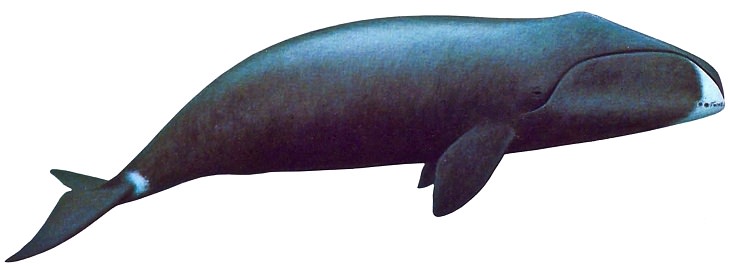
Image Source: Wikimedia Commons
The Arctic-dwelling bowhead whale isn’t as renowned as some of its other whale cousins. However, it is rather unique. Bowheads can live to be more than 200 years old, making them the longest living mammal on Earth. In 2019, the genetic code of 252 vertebrates was analyzed by scientists through the help of the first ‘lifespan clock’ (that can predict how long an animal will live based on its DNA). They came to the conclusion that the average bowhead will live for 268 years. That is close to 57 years longer than the oldest known whale.
Another unique feature of the bowhead whale is that it is known to possess the largest mouth of any animal. A mature bowhead male’s mouth can roughly be one-third the size of its body.
4. Aldabra tortoise

This is a giant species of tortoise native to the Aldabra Islands in the Indian Ocean. The Aldabra giant tortoise is not only the largest species of tortoise, but it is also one of the world's longest-living animals.
These animals can reach the age of more than 100 years. An Aldabra tortoise named Jonathan, who arrived at St. Helena (a West African island) way back in 1882 is now 188 years old and is still leading a relaxing, peaceful life. Jonathan is now the oldest-known living animal in the world and has seen it all. However, some of these tortoises have been known to live for more than 200 years of age.
Adult males weigh up to 250 kg (550 lb.) or more and attain sexual maturity around 25 years of age.
5. Macaws
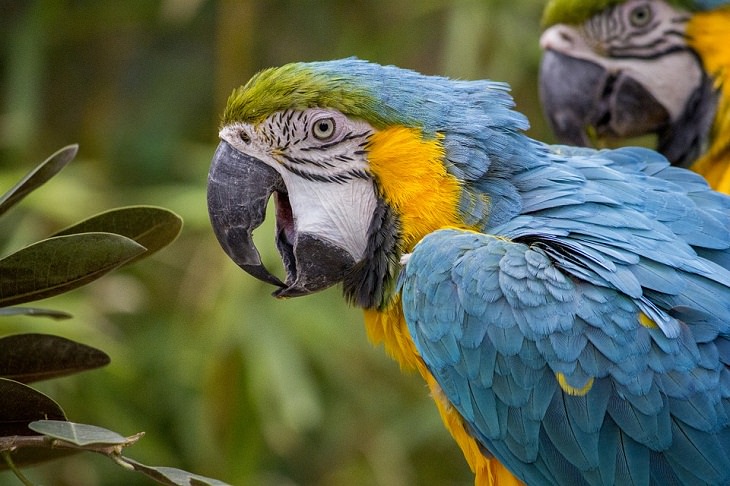
These colorful parrots are one of the largest parrot species from over 370 different types of parrots on Earth and have one of the longest life expectancies. These beautiful birds can live up to 60-80 years and their breeding age ranges from 30 to 35 years.
Native to the jungles of Central and South America, macaws have large, powerful beaks and dry scaly tongues. They are social birds and converge in flocks of about 10 to 30 individuals. The oldest known macaw is a 120-year old blue-and-gold specimen named Charlie who first hatched in 1899 and has been living at Heathfield Nurseries in the UK where she is taken care of with much love.
6. Elephants
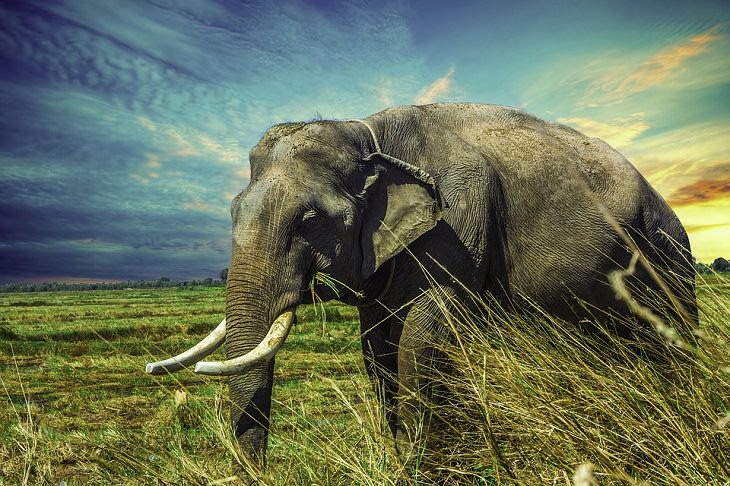
While elephants are, of course, known for their mammoth size and remarkable strength, how many of you know about their life expectancy? Elephants can live up to 70 years in the wild and can live even more. According to the Guinness World Records, the oldest elephant ever was Lin Wang, who lived to 86 years of age. This Asian elephant died in 2003 at the Taipei Zoo in Taiwan.
Over the years, several studies have shown that elephants have a much longer lifespan in the wild than in captivity. These are extremely intelligent and social animals, and captivity may lead to health problems and psychological issues, which tend to shorten their lifespan.
7. “Immortal” Jellyfish
Jellyfish are fascinating creatures in more ways than one. For starters, they are made up of more than 90% water and have no eyes, ears, mouth, heart, or brain. While these are certainly interesting features, what has really captivated scientists is a type of “immortal” jellyfish that ages backward. Turritopsis dohrnii is a type of jellyfish that is now officially known as the only immortal creature.
At just 5 millimeters in size, this jellyfish is unlike any other creature - it can regenerate and transforms its adult cells into younger cells instead of dying. In other words, they transform themselves back into their juvenile polyp state (a stalked phase, when they are attached to coastal reefs). What’s more, they can do it over and over again!
So, is Turritopsis dohrnii really immortal? Well, they cannot avoid death completely and can be killed by predators or disease, especially at the juvenile stage. However, there are still several mysteries surrounding this remarkable jellyfish and research is underway to understand its unique ability to age backward.
8. Greenland shark
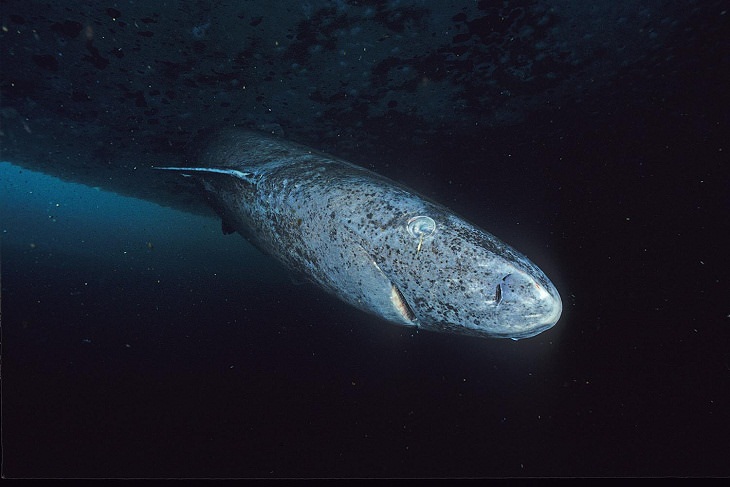
Image Source: Wikimedia Commons
Greenland sharks are widely found across the North Atlantic and can reach lengths of about 4 to 5 meters (13 to 16 feet). The Greenland shark is a poorly understood animal. What is known about it, however, is that it can live to as long as 400 years and reach sexual maturity at the age of about 150. On average, though, these sharks live closer to 272 years. This makes Greenland sharks the longest-living vertebrates on Earth.
It is unknown why these sharks live so long – an average shark’s lifespan is about 20-30 years. However, researchers have assumed that the cold environments these sharks live in cause low body temperatures. This, in turn, leads to low metabolism and thus less damage to the animals' tissues. This may be the primary reason why Greenland sharks can live so long.
9. Naked mole-rats

Image Source: Wikimedia Commons
They may not be the prettiest of animals but naked mole rats are special. These wrinkled rodents are native to East African deserts and live in colonies underground. The maximum lifespan of the naked mole-rat is over 30 years. This may not sound remarkable at all, but if you compare their lifespan to other rodents, they live about nine times longer than similarly sized mice. Based on their small size (about 13 cm), these animals shouldn’t ideally be able to live for more than six years.
Researchers have found that naked mole rats are immune to several diseases. Interestingly, these mole rats produce a unique form of a protein called hyaluronan which is said to have anti-cancer properties. Another study has said that these animals can also sustain the integrity of their proteins throughout their lives. These qualities make naked mole rats extraordinary creatures and it is probably why that despite being rodents they can live so long.
Related Articles:
The Complete Animal Survival Guide